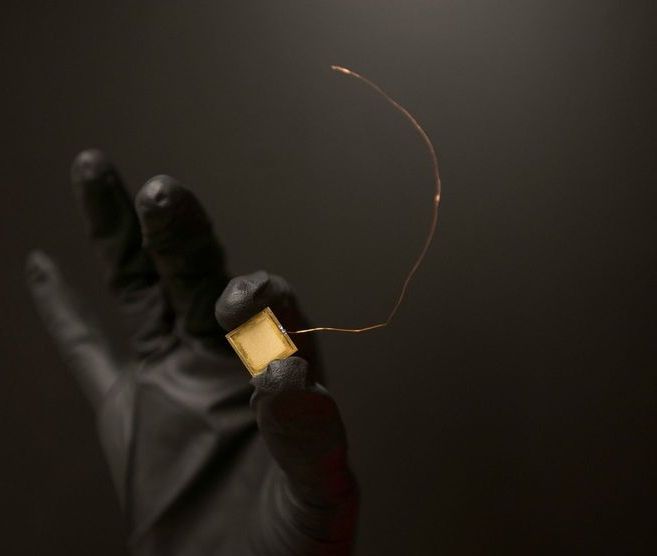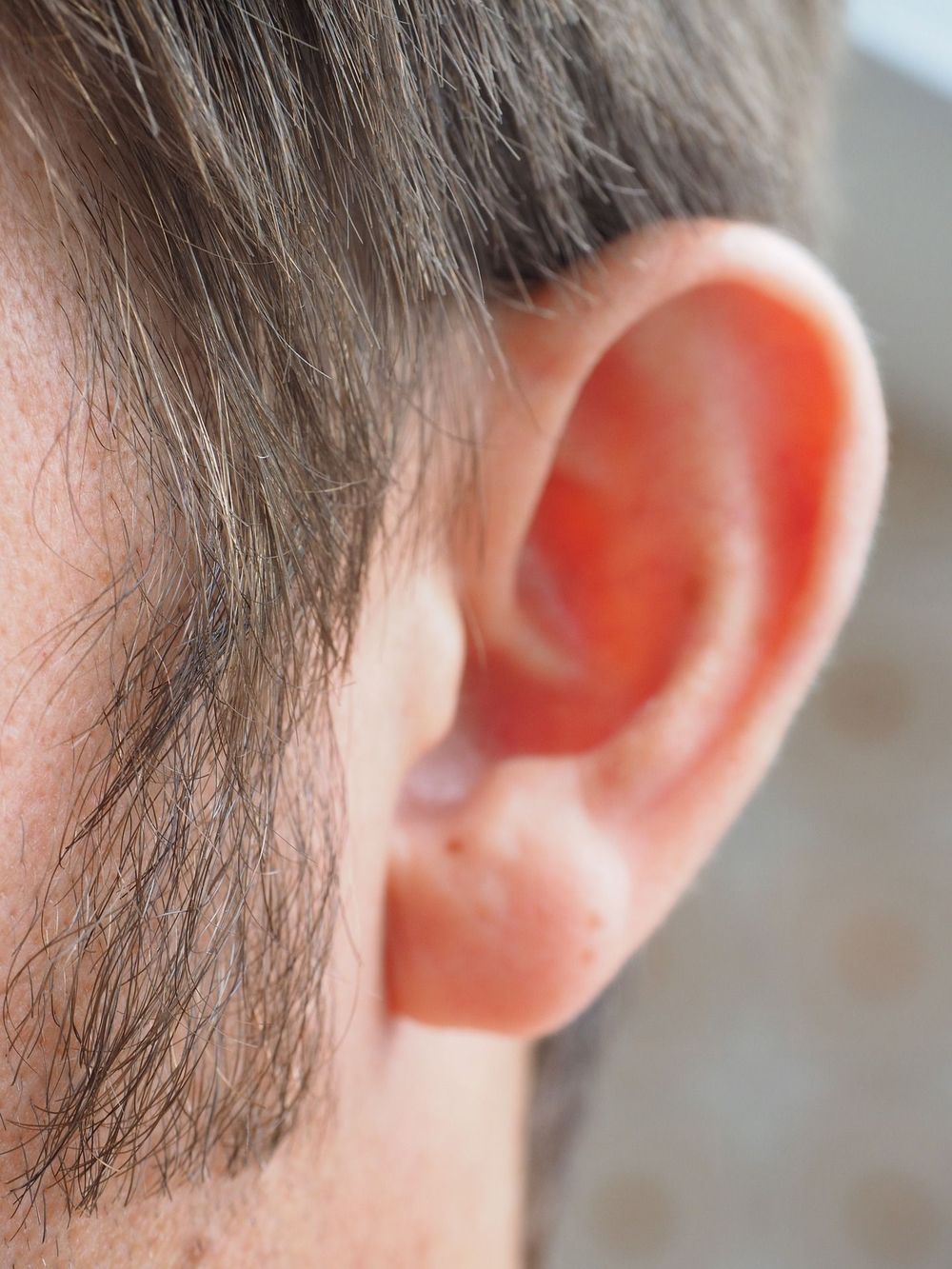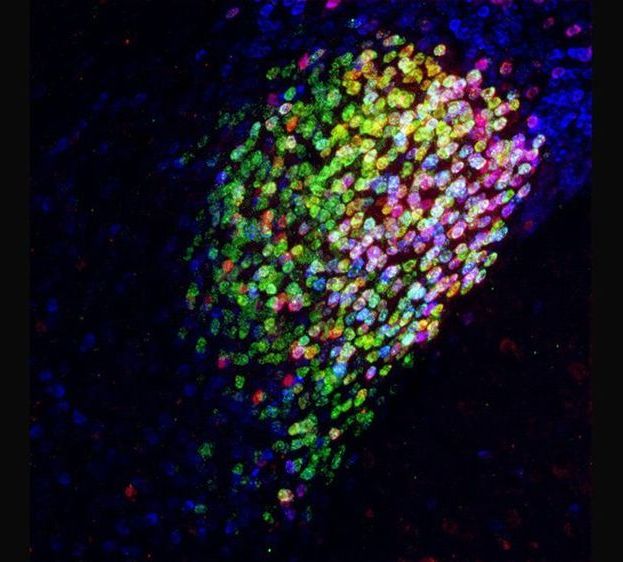The northern lowlands and sedimentary regions of Mars are dotted with curious formations. Tens of thousands of conical hills, many topped with small craters, and surrounded by deep channels scoured from the surface by flowing liquid.
Get the latest international news and world events from around the world.





Secure smart-home entry via earprint
Fingerprints and DNA are widely known forms of biometrics, thanks to crime dramas on television. But as technology advances the Internet of Things, the interconnection of computer devices in common objects, other forms of biometrics are sought for security. For example, distinctive physical characteristics of users are increasingly used in computer science as forms of identification and access restriction. Smartphones use fingerprints, iris scans and face recognition in this way. Other biometrics that are likely to come into use include retinas, veins and palm prints.
The ear is another potential biometric. According to research published recently in the Journal of Electronic Imaging, ear recognition technology, or “earprints,” could one day be used as personal identification to secure smart homes via smartphones.



Neurobiologist Finds Potent Pain-Suppression Center in the Brain
A Duke University research team has found a small area of the brain in mice that can profoundly control the animals’ sense of pain.
Somewhat unexpectedly, this brain center turns pain off, not on. It’s also located in an area where few people would have thought to look for an anti-pain center, the amygdala, which is often considered the home of negative emotions and responses, like the fight or flight response and general anxiety.
“People do believe there is a central place to relieve pain, that’s why placebos work,” said senior author Fan Wang, the Morris N. Broad Distinguished Professor of neurobiology in the School of Medicine. “The question is where in the brain is the center that can turn off pain.”

Sony, Microsoft Strike Deal on Tiny AI Chip With Huge Potential
The new module’s big advantage is that it has its own processor and memory built in, which allows it to analyze video using AI tech like Microsoft’s Azure, but in a self-contained system that’s faster, simpler and more secure to operate than existing methods.
Sony Corp. and Microsoft Corp. have partnered to embed artificial intelligence capabilities into the Japanese company’s latest imaging chip, a big boost for a camera product the electronics giant describes as a world-first for commercial customers.